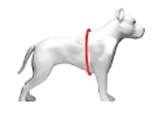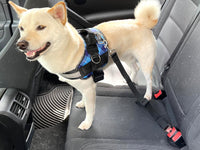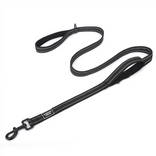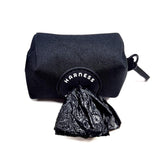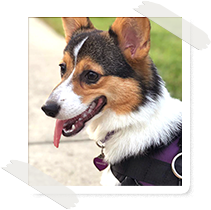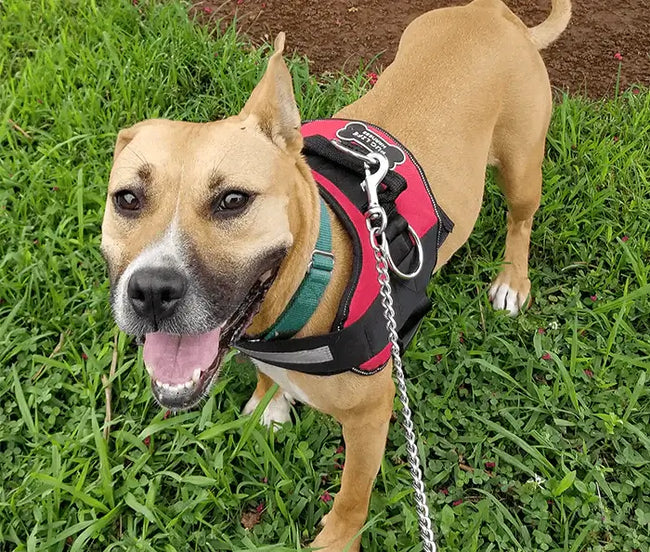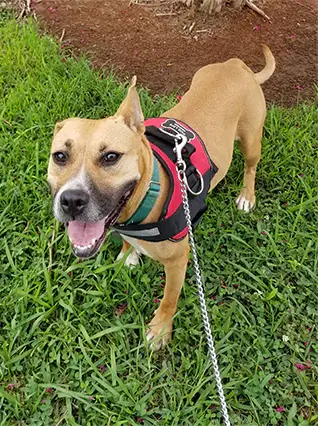How to Stop a Dog From Pulling on a Leash

Walking should be a happy time between you and your dog, but leash pulling can transform a casual walk into a game of tug-of-war. If your dog looks determinately set to drag you down the sidewalk, fear not - you are part of the majority. Leash pulling is a bugbear every dog walker will have to deal with from time to time, but here's the upside: with time and gentle techniques, even your dog can be educated to walk calmly by your side.
How do I stop my dog from pulling on a leash? With consistent training, you'll soon find the answer.
Leash pulling, besides being annoying during a walk, could be hazardous. A pulling dog can injure himself or his handler, primarily if they make a sudden rush to something they find attractive. If you know what makes dogs pull and how to apply practical methods of training, then you can effectively get everything back under control.
Knowing Why Dogs Pull
Instinctual Reasons
Dogs inherently walk faster than their human counterparts. While dogs walk, they are inclined to walk fast and scan their environment. That comes with their history, where they needed to walk across land effectively to survive. Your dog doesn't want to be a liability—they’re just following their instincts.
Transportation and Curiosity
There are just so many things outside to lure your dog with their curious scents, noises, and objects. If they see a squirrel, receive a new smell, or wish to say hello to another dog, their excitability prevails. A tug motion then follows as they move toward what lures them. Dog pulling on a harness often happens in these situations, as their excitement takes over.
Absenteeism During Training
Most dogs were never taught to walk with proper leash manners. If your dog is rewarded for going quickly to where they want to go, they'll just continue to pull. The way dogs learn is repetition, so regular retraining has to be done to make them stop pulling.
Asking yourself how to stop my dog from pulling on a leash? The right approach makes all the difference.
Steps to Follow to Prevent Leash Pulling
The "Green Light, Red Light" Technique
This exercise gives your dog a sense that by pulling, no movement occurs. If your dog should start to pull, simply come to a dead stop and freeze. Make no progress forward until the leash comes loose. If your dog releases his or her pull and reverts to a loose leash, then proceed to walk. This exercise takes a long time but effectively shows your dog that by pulling, they won't get there any sooner.
Practice this daily with walks. At first, you'll find yourself stopping often, but dogs quickly come to understand that a loose leash means continued movement toward points of interest.
Shifting Course
If your dog pulls, change to a new direction. This re-directs your dog to be more attentive to you, instead of them deciding where they want to go. The instant your dog comes to you and the leash frees up, give them a job well done treat and possibly a new direction change or keep going further. Paired with an advanced dog harness with side rings, this redirection technique can help in training.
This trick becomes particularly helpful with dogs who tug toward something, like other dogs or interesting smells. By always changing direction, you'll be training your dog to go where you want them to go.
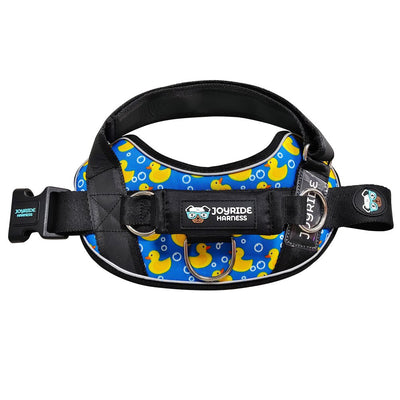
Introducing Positive Reinforcement
Reward your dog as soon as they walk calmly by your side with a loose leash. Treats, praises, or a combination of both work magic to attain desired behavior. The trick here's timing—reward your dog when they walk properly, not after they resume yanking.
Keep lessons brief but cheerful. Buy high-value treats that are completely irresistible to your dog, and be careful with treating throughout the exercise. Be sure to taper off with increasing maturity, shifting to more vocal praise.
You might also consider shifting to a harness from a collar, since harnesses distribute pressure more evenly across your dog's chest and help to release tension across their necks. When stopping a dog from pulling on a leash, a well-fitted harness is often a game-changer.
Master Leash Walking with ![]() Patient Practice
Patient Practice
It takes dedication and time to train a dog to no longer pull, but it's work that's worth being done. Make sure to remember to be patient, since any dog learns according to their own speed. Things will change slowly with time. Stress-free, happy walks work both ways, so strive for small changes along the way.
Start to exercise these techniques by yourself in a small room, then expand to noisier areas. Sooner or later, you’ll be having peaceful walks with a well-mannered sidekick.







